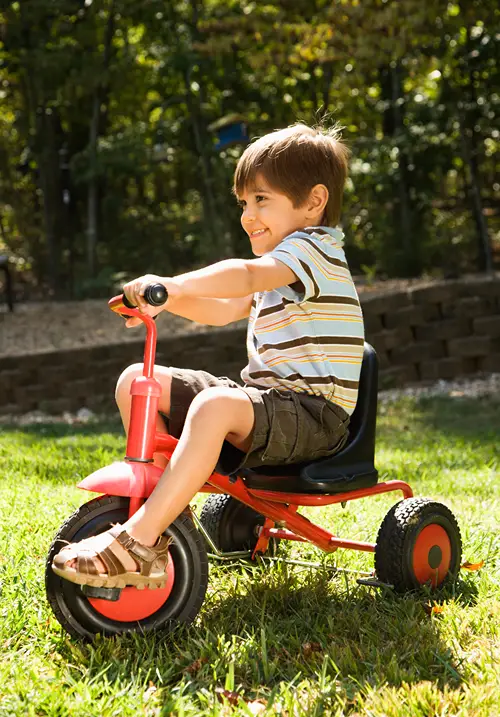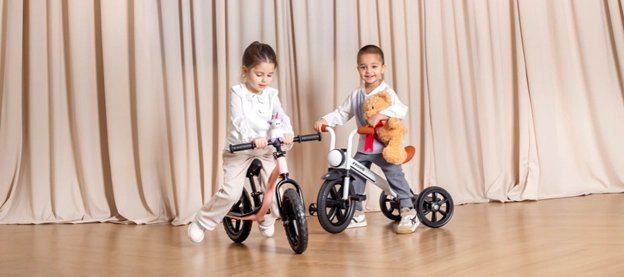The Benefits of Outdoor Play for Children
Everyone can remember the joys of playing outdoors when growing up. Outdoor play is a vital part of childhood, but it is also something that kids are doing less these days, with many spending time inside looking at screens.
Outdoor play supports both physical and mental health and can help develop many key life skills, making it an essential part of a child’s regular routine. The benefits of outdoor play for children are wide-ranging and can give them a happy, healthy, and memorable childhood.
Physical Health
Of course, outdoor play involves being active, which is hugely important for physical health and development. Childhood obesity is a growing issue globally, so it is important to find activities that your child enjoys. Outdoor play can involve running, jumping, climbing, and other activities that can boost their physical health while building strength, coordination, and stamina.
Mental Health
Outdoor play can support your child’s mental health in a few different ways. First, they will benefit from having fun and being active, which can have a huge impact on daily mood and overall well-being. In addition to this, outdoor play can be highly social and makes it easy for children to make and maintain friendships, which are vital for mental well-being. Finally, nature is proven to improve mental health in kids (and adults!), so time outdoors can improve their mood and emotional regulation.
Social Skills
As mentioned above, outdoor play can be highly social. During a time when many kids spend a lot of time inside looking at a screen, there is a lot to be said for outdoor play, as this encourages face-to-face social interaction with peers. Many childcare, early learning centres, and schools now have natural playgrounds where kids can play together, interact, and develop crucial social skills through unstructured play.
Creativity
Outdoor play also encourages creativity that you do not get with structured learning environments. During outdoor play, children can come up with new games and activities to keep themselves entertained. Studies increasingly show that this type of unstructured play can be hugely influential in a child’s development and help them develop important skills that will be valuable throughout their education and life.
Cognitive Development
Outdoor play can also play a key role in their cognitive development. By spending time outdoors, children will constantly be exposed to new sights, sounds, textures, and smells that can help develop their senses and cognitive abilities. Additionally, time in nature can help teach them about the world and improve their observational skills.
As you can clearly see, there are many benefits to outdoor play. Children have been playing outdoors for centuries, and it can play an important role in their physical and mental health, social development, creative thinking, and cognitive development. Despite its importance, kids tend to play outdoors less these days due to the prevalence of the internet and smartphones, which contributes to the rise in issues like childhood obesity and mental health issues. Therefore, parents should be doing all they can to make regular outdoor play an important part of their child’s routine.










